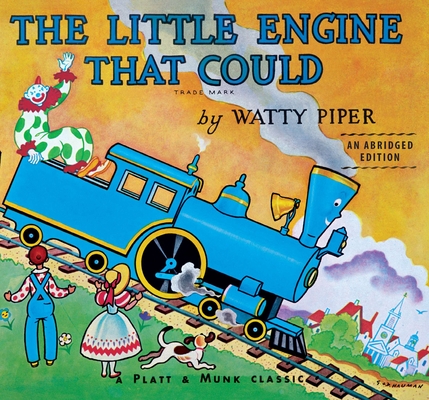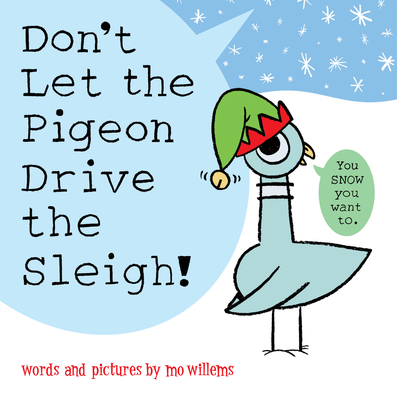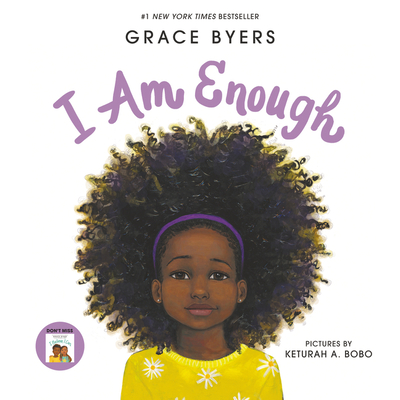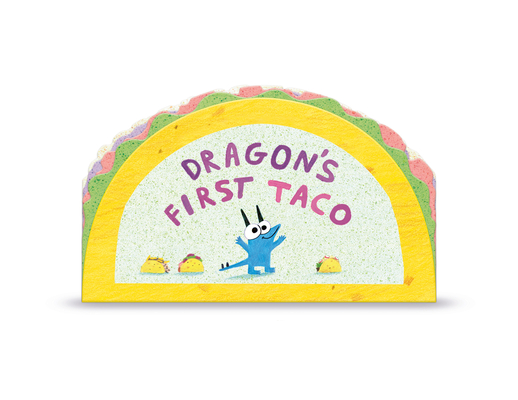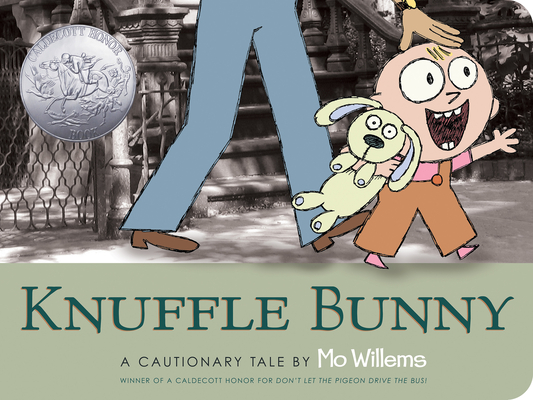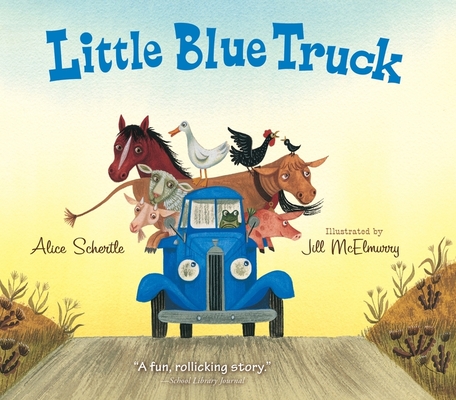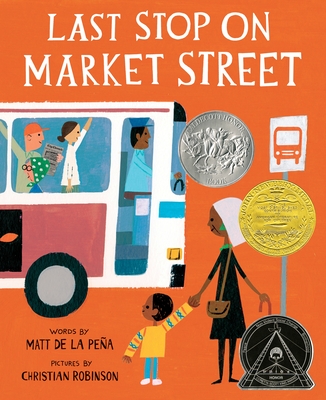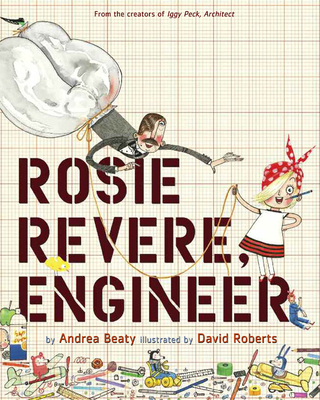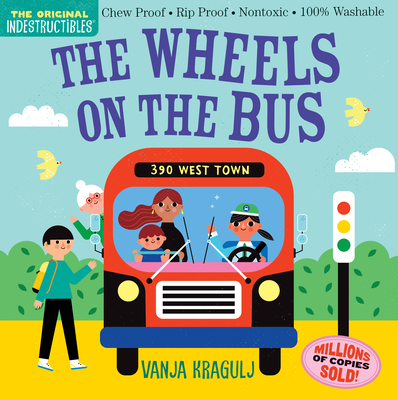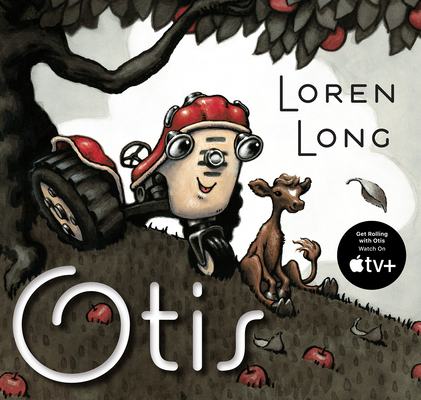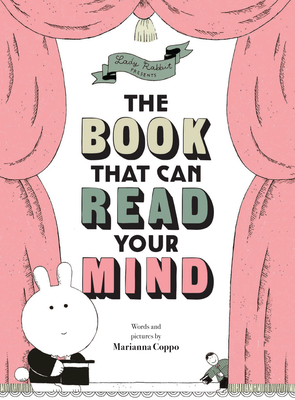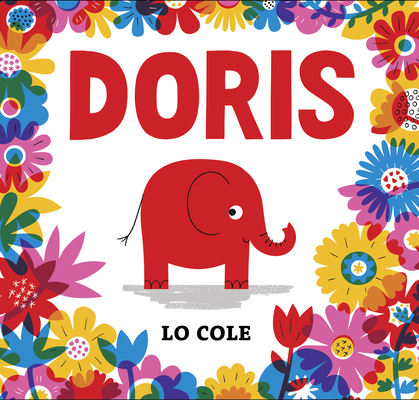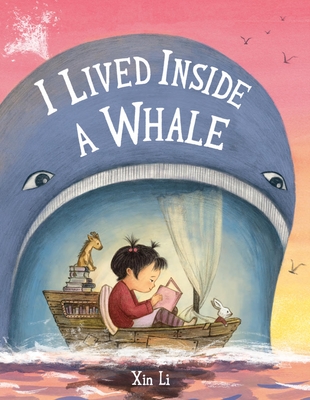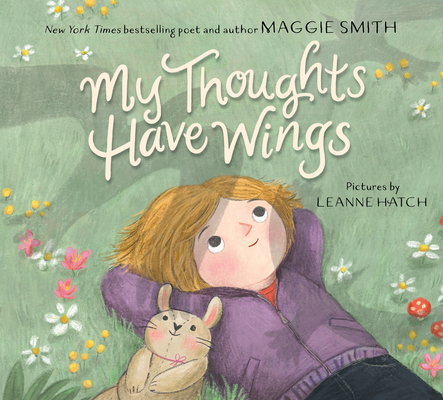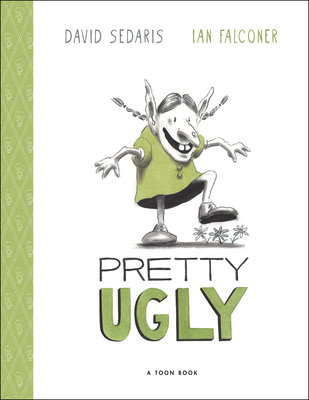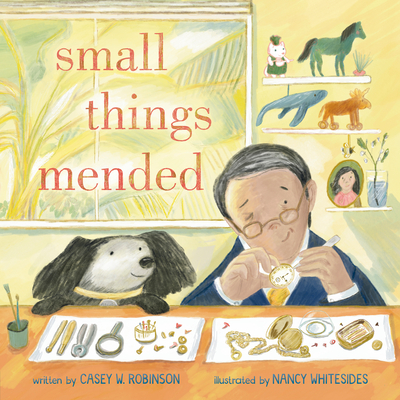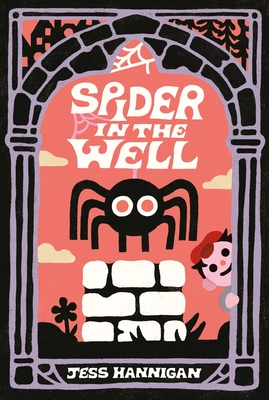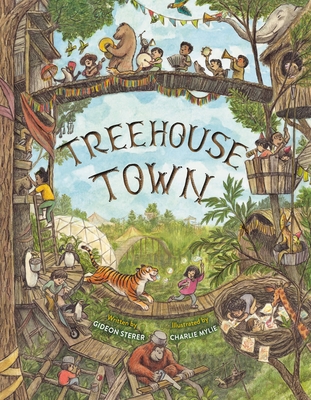Books for Babies & Toddlers

Introducing little ones to the world of books is more than just a fun activity – it's a magical journey filled with big benefits. Reading to your tiny tots, as the folks at the Institute of Early Education Research (2023) tell us, kickstarts their language skills and gets those brainy pathways zipping and zooming for top-notch word understanding.
But wait, there's more! The Global Childhood Cognitive Development Survey in 2024 showed us that storytime isn't just about words; it's a brain booster that ramps up your kiddo's focus, memory, and smarty-pants thinking. Imagine that – today's story could be the first step to tomorrow's genius moments!
And let's talk heart-to-heart moments. Reading cuddled up together isn't just cozy; it's a goldmine for growing empathy and emotional smarts, as noted by the World Child Psychology Association and International Literacy Foundation in 2023. Plus, Harvard's brainy folks in 2023 found that early reading lights up a lifelong spark of curiosity and learning love in your little ones.
So, grabbing a book and diving into a story with your child is like opening a treasure chest of language joy, brain-building wonders, and heartwarming memories. It's a fantastic start for a lifetime of learning and exploring – one page at a time! 📚✨
Tips for Success
Starting the journey of reading to your baby can be an enriching experience for the entire family. Here are seven tips to help you get started:
- Early Introduction: Begin reading to your baby from infancy. This early exposure lays the foundation for language and emotional development. Even if they don't understand the words, they'll benefit from hearing your voice and the rhythm of the language.
- Select Visually Stimulating Books: For young babies, choose books with bold, high-contrast images and simple designs. As they grow, introduce books with diverse textures, bright colors, and engaging illustrations to capture their attention and stimulate visual development.
- Animate Your Reading: Use varied tones, funny voices, and expressive sounds when reading. This makes the story more captivating and helps in developing your baby's auditory processing abilities.
- Encourage Tactile Interaction: Allow your baby to touch and hold the book. Board books and cloth books are great for little hands. Feeling the pages and covers helps babies explore different textures and develop fine motor skills.
- Incorporate Songs and Rhymes: Books that include rhyming phrases or can be sung like a song are excellent choices. The musical aspect of rhymes and songs is not only enjoyable but also instrumental in language development.
- Build a Reading Routine: Establish a specific time for reading, like before bedtime or after a bath. A consistent routine helps in forming a reading habit and provides a comforting and predictable structure for your baby.
- Create a Dedicated Reading Space: Design a special area in your home for reading. It can be a cozy corner with a comfortable chair and a basket of books. This designated space becomes a tranquil environment for both you and your baby to enjoy reading time together.
These tips aim to create a nurturing reading environment that fosters a love for books and stimulates early cognitive and emotional development.


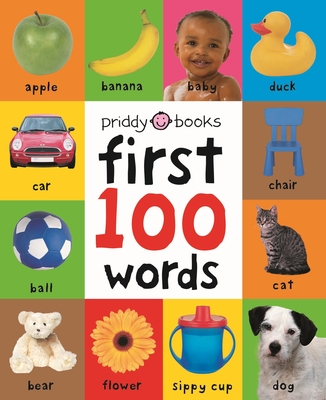

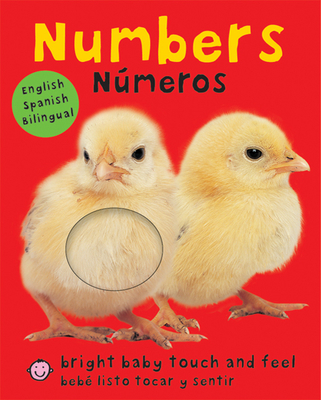
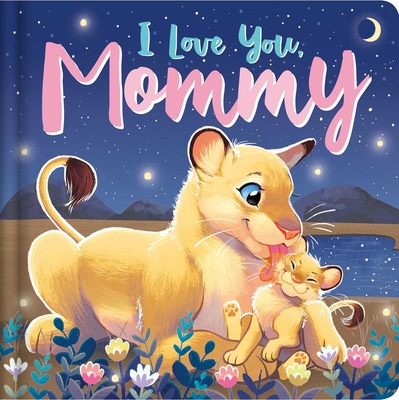
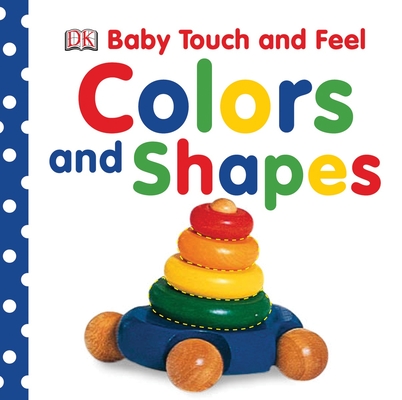
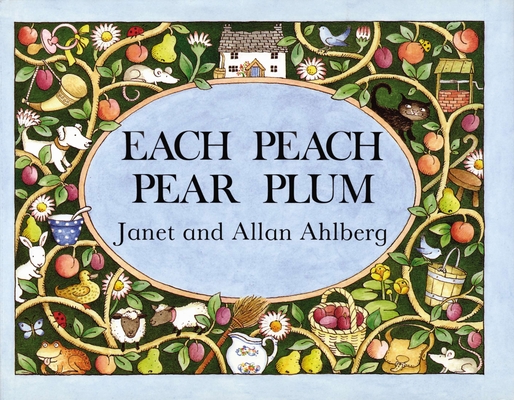
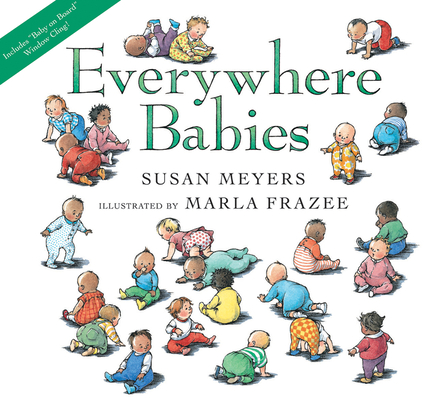
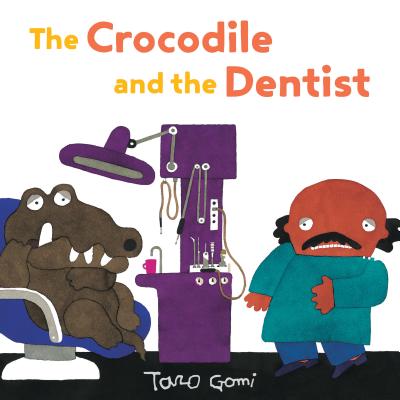
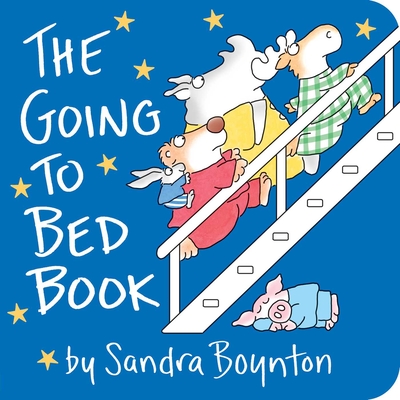


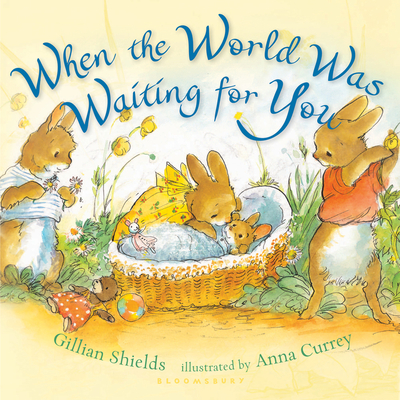
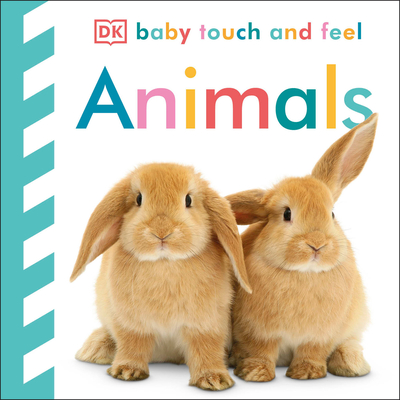


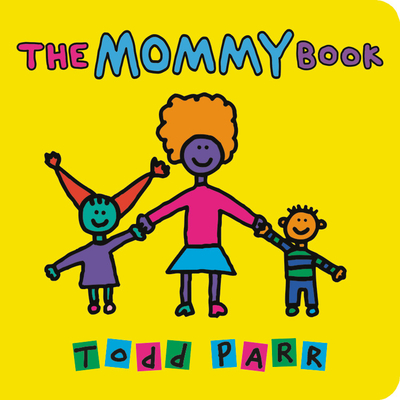

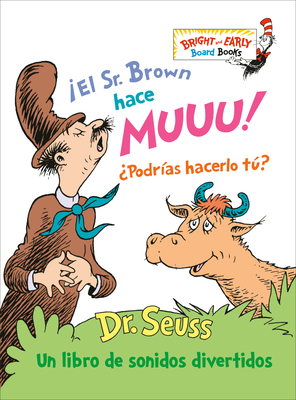
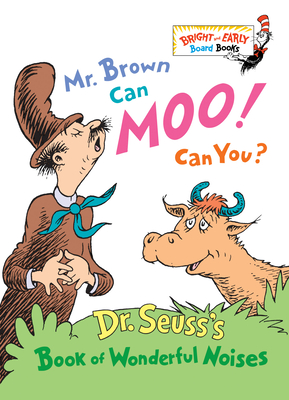


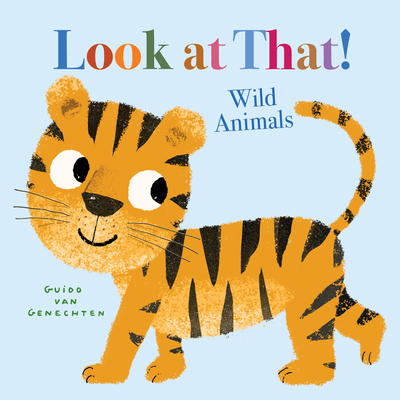
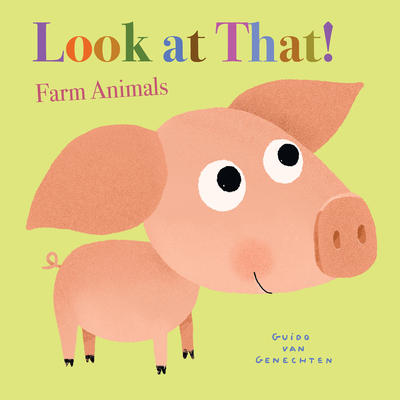
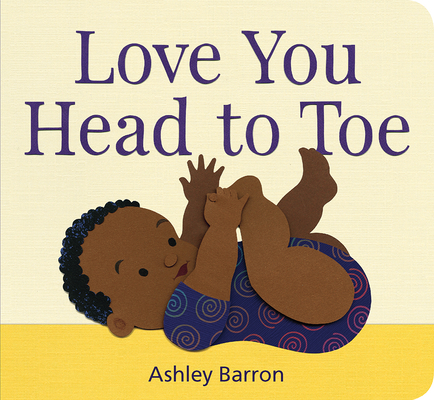

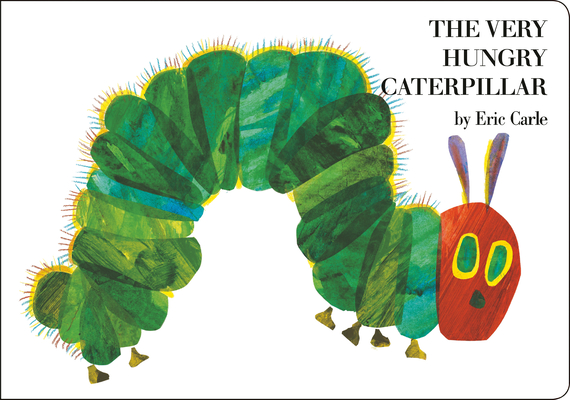
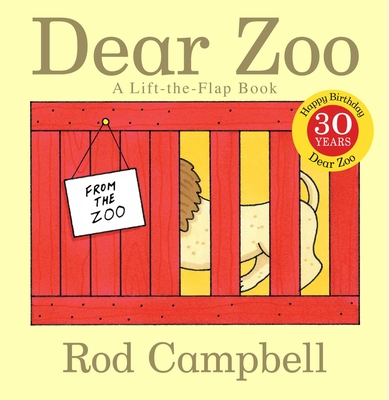
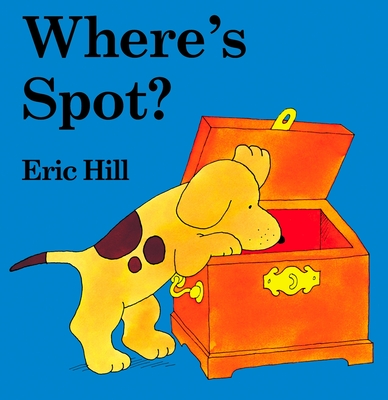
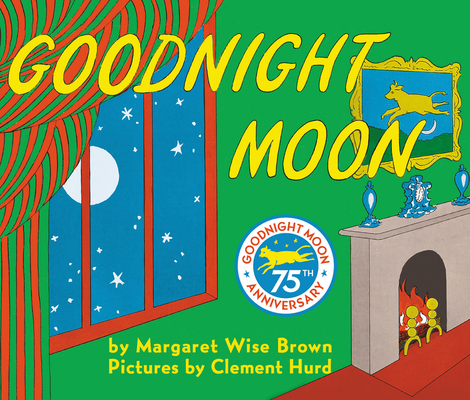
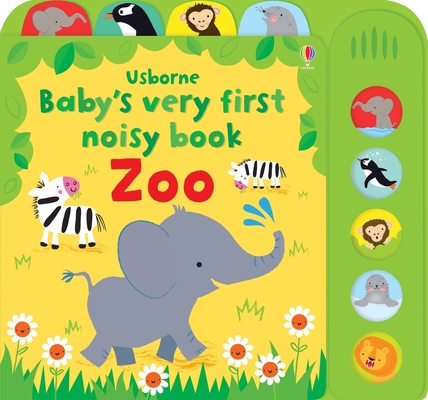
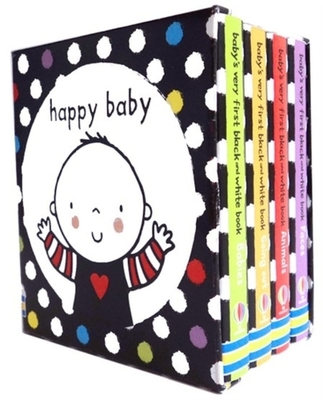
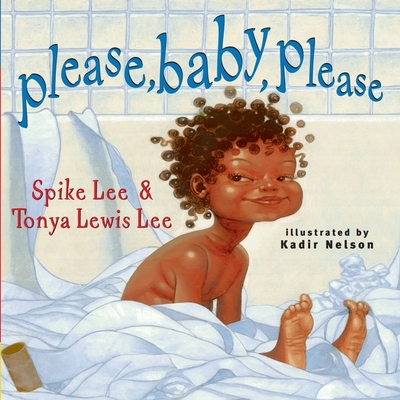
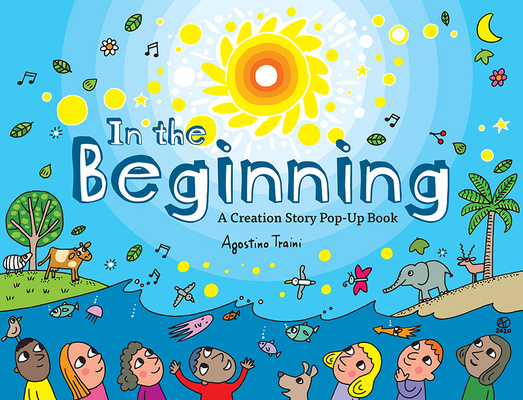
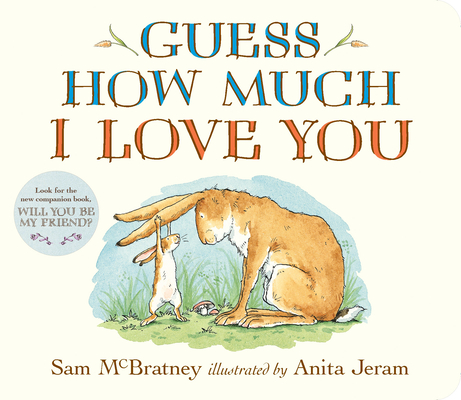
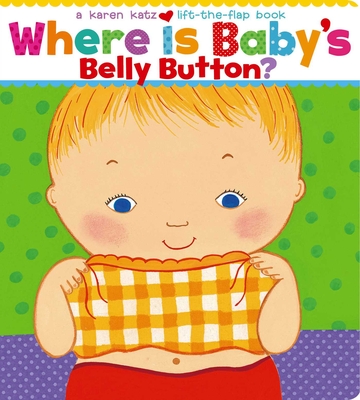
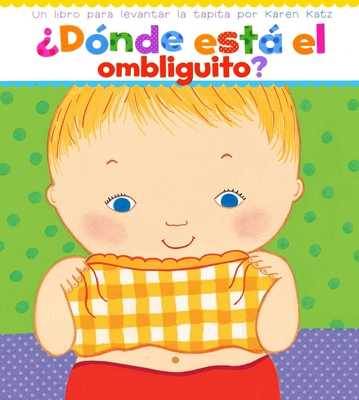
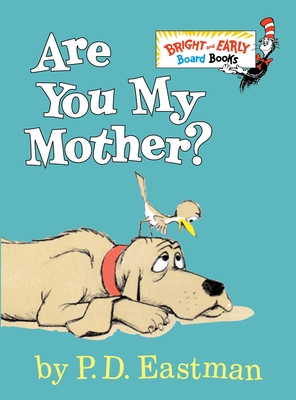

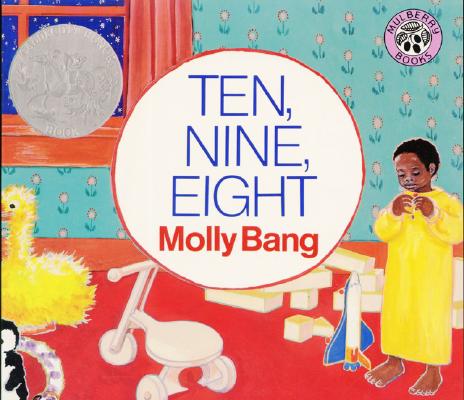

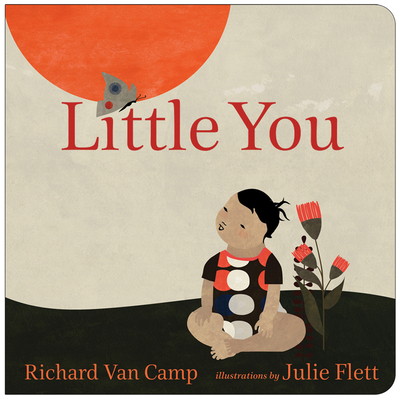
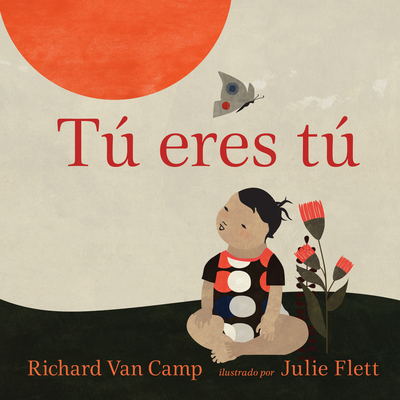
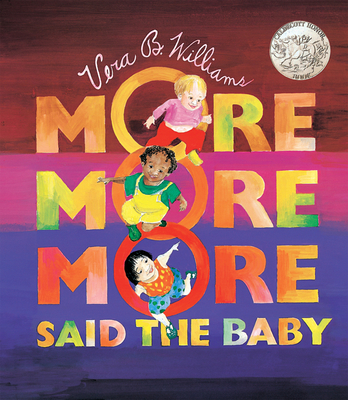
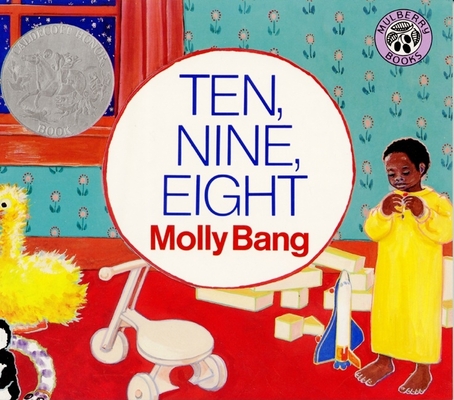
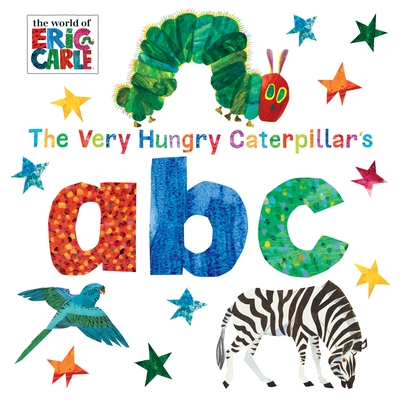
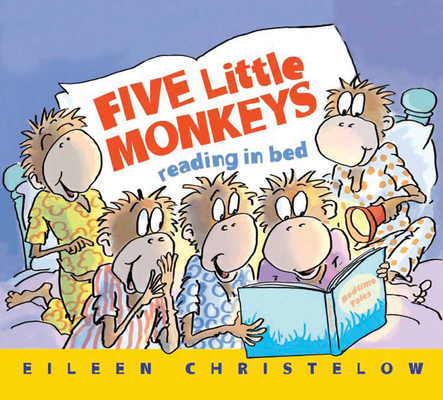
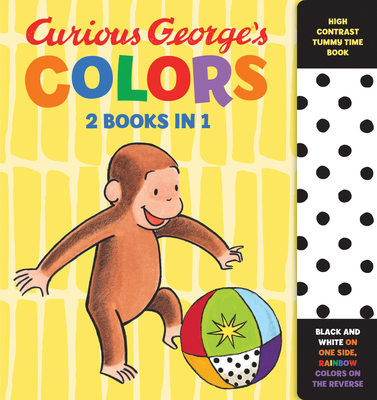
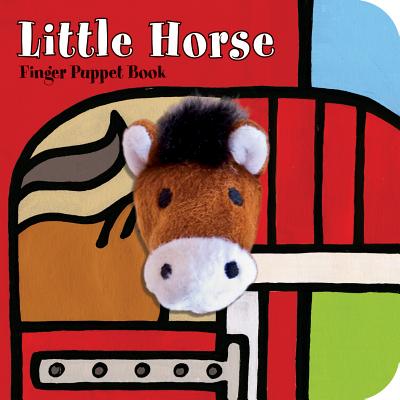
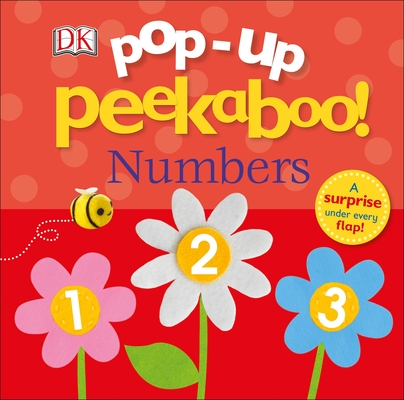
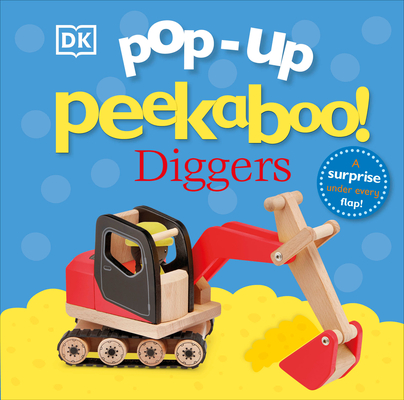
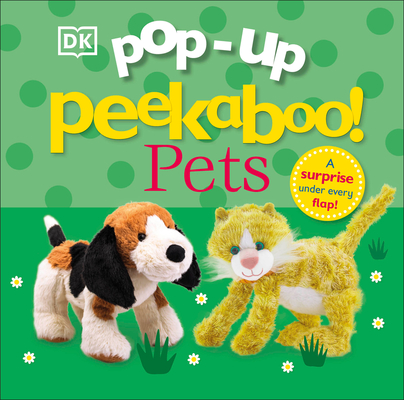
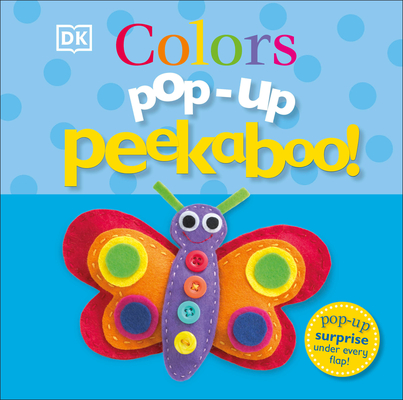
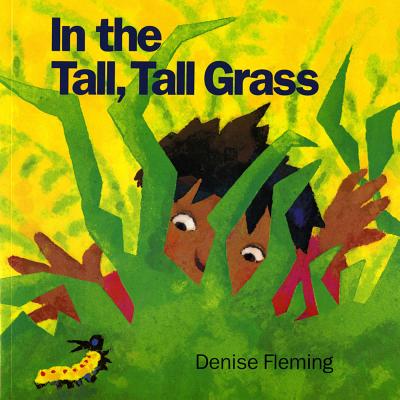

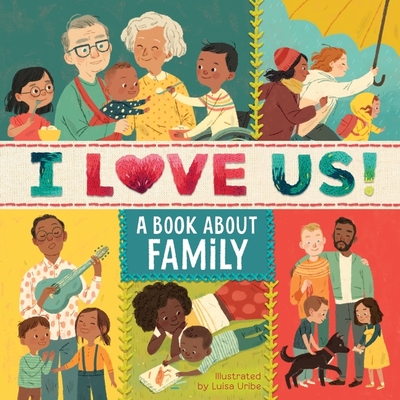
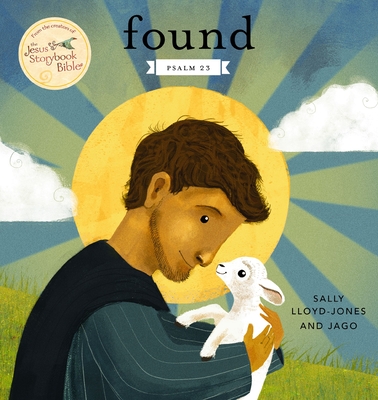
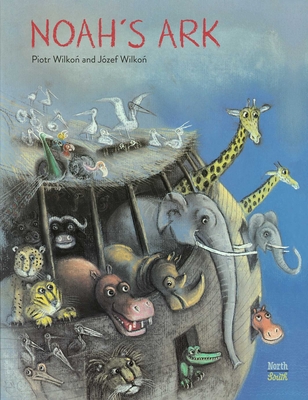

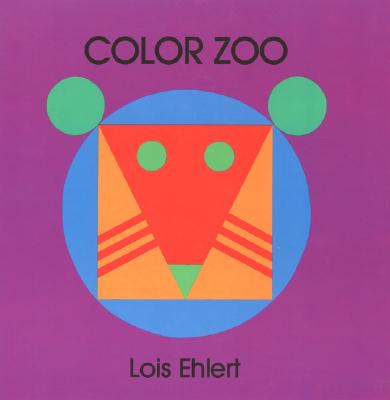
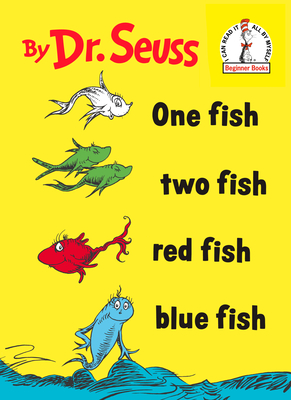

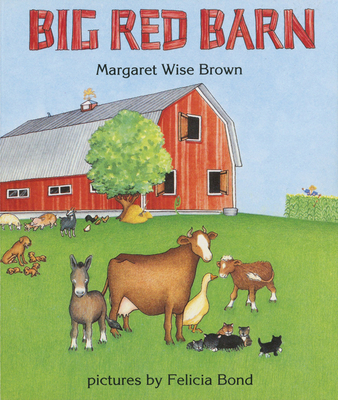
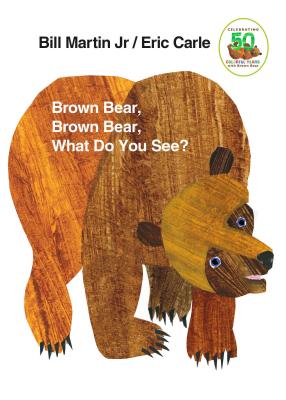

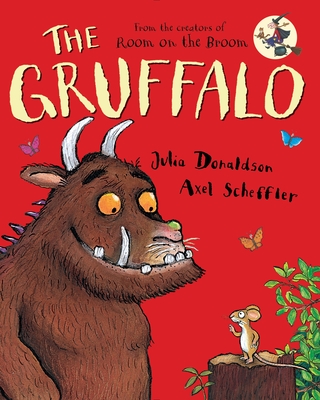
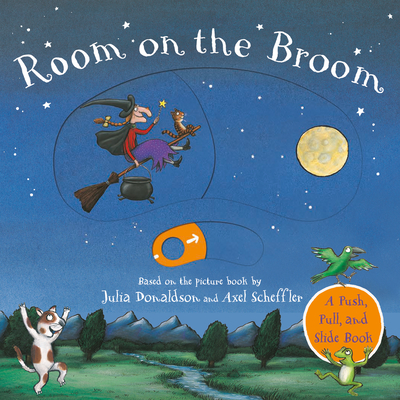
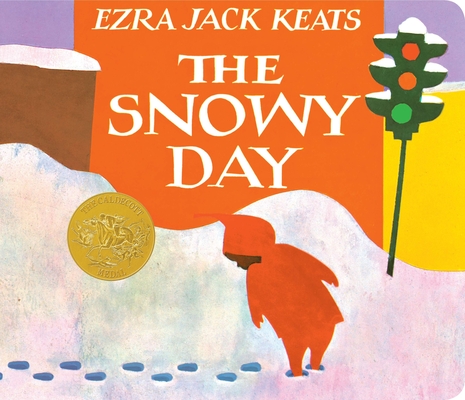
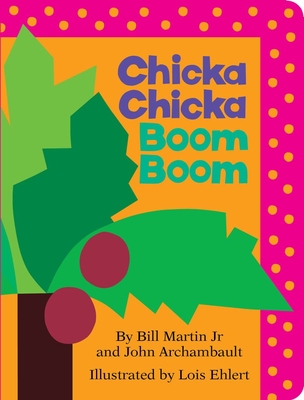

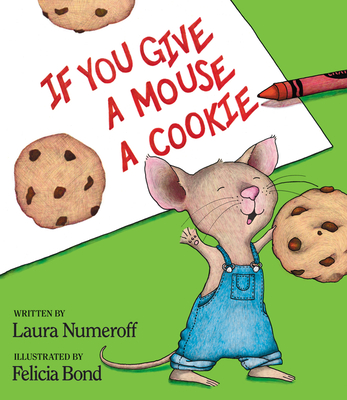

![Corduroy (1 Paperback/1 CD) [With Paperback Book] (Live Oak Readalongs)](https://images.booksense.com/images/895/127/9781591127895.jpg)
